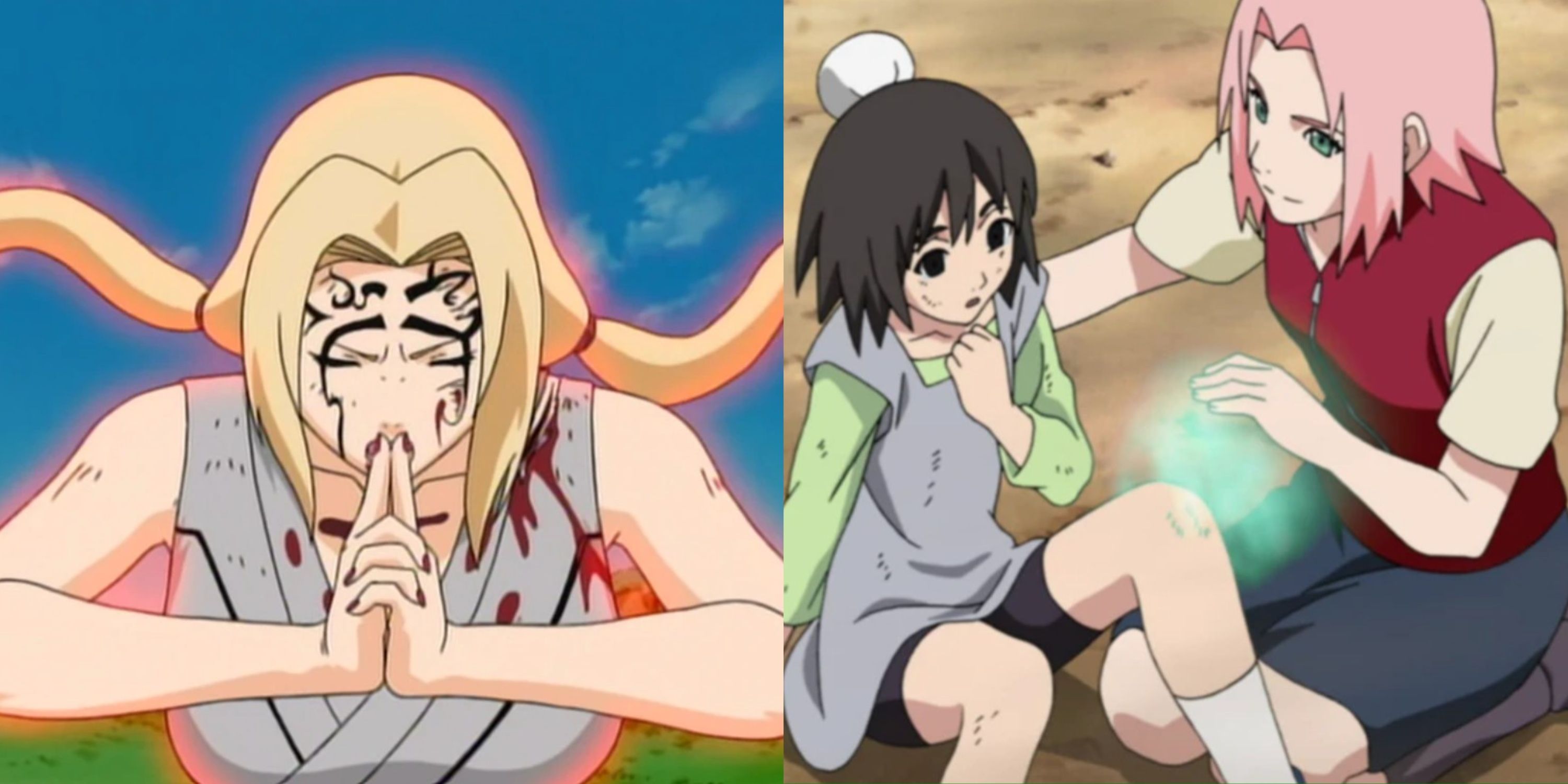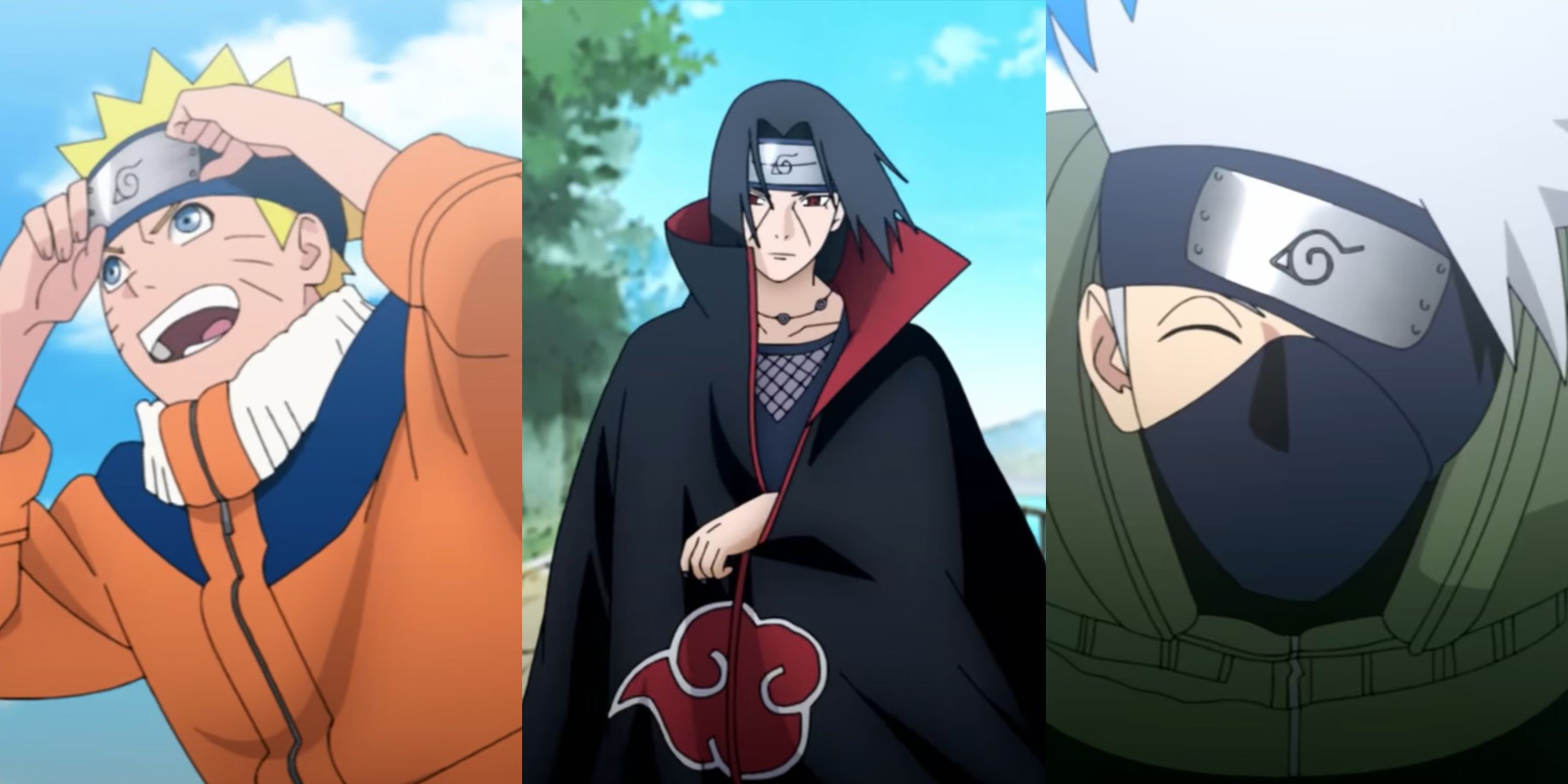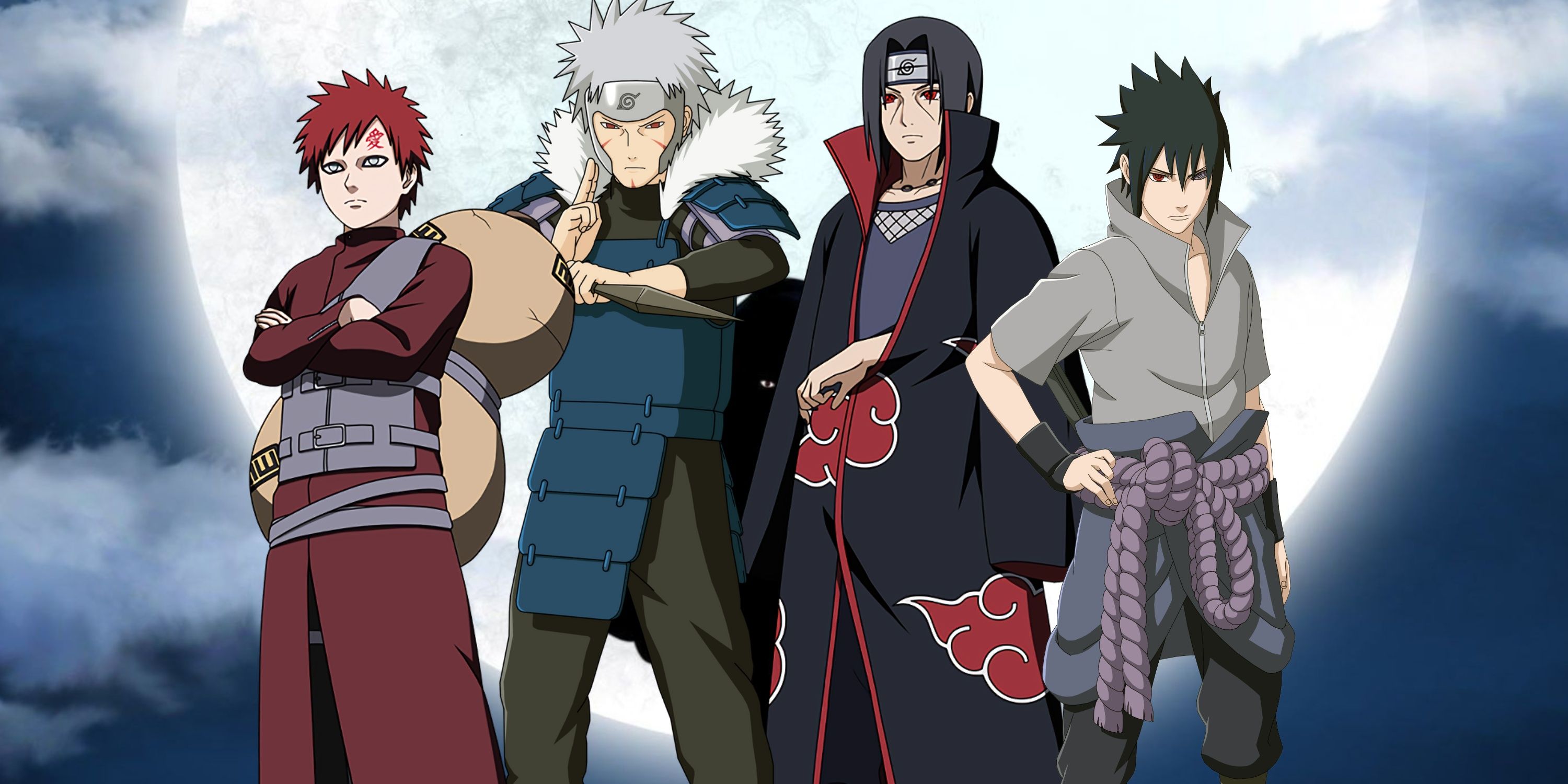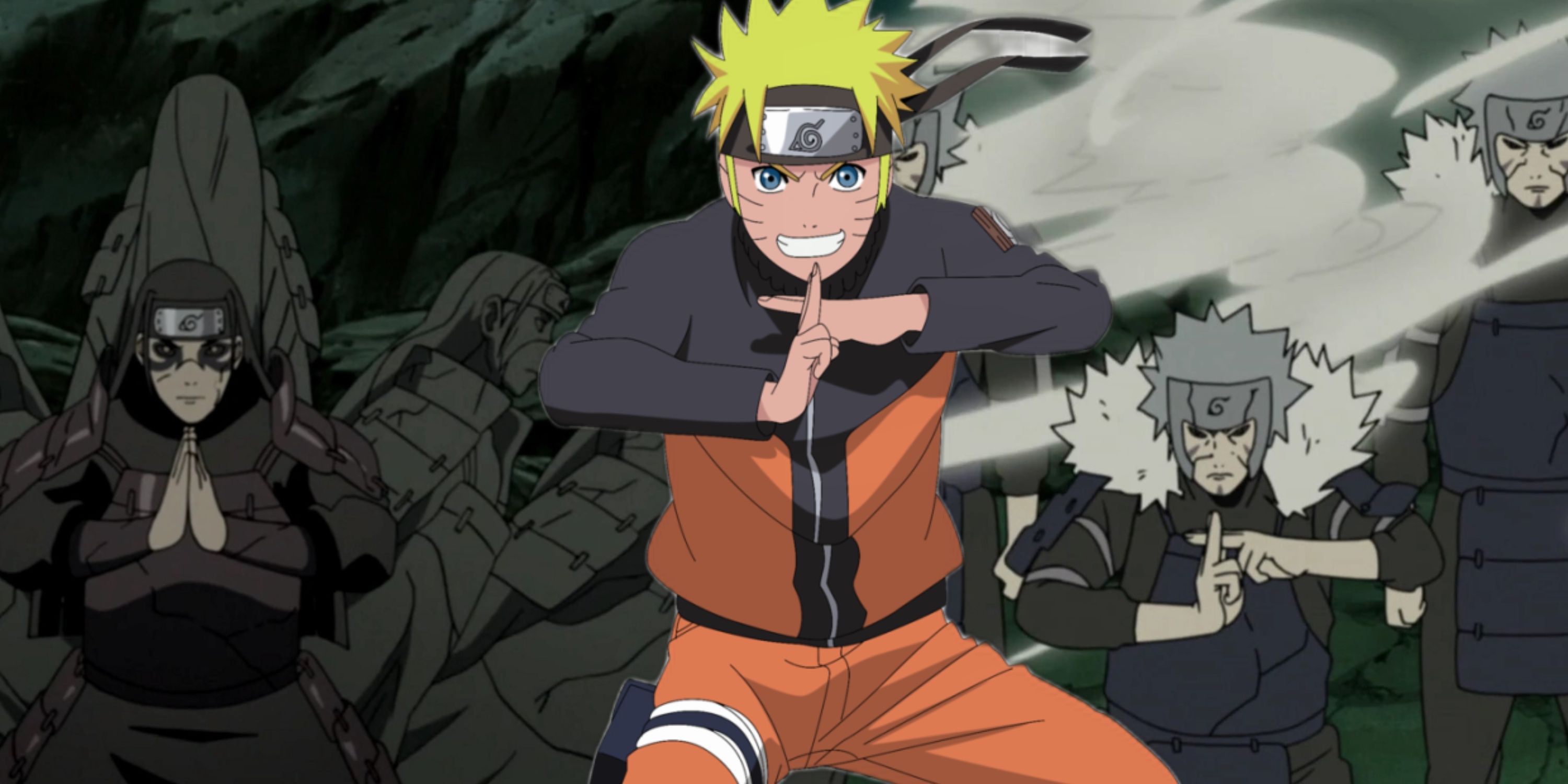Highlights
- Clone techniques in Naruto are versatile, from afterimage clones to corporeal copies with mass for combat and reconnaissance.
- Most shinobi utilize clone techniques for deception, distraction, coordinated attacks, and expanding the scale of their jutsu.
- Shadow clones are unique in chakra distribution, transfer, and memory retention, offering versatility but limitations in their use.
Comprising jutsu that allow the user to create copies of themselves, or objects in their vicinity, clone techniques span a wide variety of abilities used by shinobi to trick their opponents. Easily among the most widely used techniques in Masashi Kishimoto's Naruto, clone techniques can range from being extremely simple to highly dangerous to perform.
The most prominently seen ability belonging to this category is likely the Shadow Clone Technique, which is one of the signature abilities of the series' protagonist, Naruto Uzumaki. Additionally, even though certain types of clone techniques are exceedingly easy to execute, they are still employed by even the most seasoned and high-level ninja in Naruto, due to how effective they are in battle.

Naruto: Medical Ninjutsu, Explained
Responsible for saving many lives over the course of shinobi history, medical ninjutsu encompasses a wide range of healing techniques.
What Are Clone Techniques?
Introduced as early as the first episode and chapter of Naruto, the standard Clone Technique is one of the most fundamental forms of ninjutsu taught to Academy students, and most of them learn it in order to prepare for their graduation exam. During Naruto's time, it was vital for ninja from Konohagakure's Academy to be able to perform this technique, and they were not allowed to graduate if they could not perform it. This type of clone technique only creates afterimages of the user which can replicate their movements.
Unlike other clone techniques which create tangible copies of the user, the standard Clone Technique can be identified quite easily, due to how the clones created with this jutsu do not have any substance. As a result, they do not impact or physically interact with the surrounding environment, making it easy to distinguish between clones and the user. Like other clone techniques, this version is primarily used to distract enemies and create openings, but it will not be as effective as other versions, which are far more versatile in their application.
The Various Types Of Clone Jutsu
Variants such as the Rock Clone, Wood Clone, Water Clone, and Shadow Clone Techniques, create copies that are corporeal and tangible, which makes them far more useful than the standard Clone Technique. The sole exception to this rule might be Shisui Uchiha's Afterimage Clones, created using his Body Flicker Technique, which did not have mass, but could be used to deliver attacks as he switched positions between them with his immense speed.
Some transformations, such as the Beast Human Clone Technique, allow users to turn a ninken into a copy of themselves, which permits them to perform coordinated taijutsu attacks. Most corporeal clones can fight alongside the user, and possess mass, which allows them to interact with their environment. In these cases, it is much harder to tell them apart from the main body, especially when the user's chakra is evenly dispersed.
That being said, clones do not possess the full strength of the jutsu caster, and will either disappear — in the case of normal shadow clones — or revert to the substance which constitutes their elemental nature after suffering a certain amount of damage. One notable exception to this is the Earth Release: Shadow Clone Technique, which can reform itself after being attacked if its body is not completely destroyed. Finally, clone techniques can also be applied to inanimate objects, as seen with the Shadow Shuriken Technique or the Shuriken Shadow Clone Technique, although these are far more difficult to execute than their standard variants.
How Do Shinobi Use Clone Techniques?
Clones are predominantly used as decoys to misdirect opponents, since they can effectively draw an enemy's attention and force them to reveal their abilities. This, in turn, gives a user time to formulate their own countermeasures and devise a strategy to exploit the opening created by the clone. Additionally, clones are also ideal for reconnaissance missions or espionage, as they allow a user to interact with their foe from a safe distance without putting themselves in danger directly. In less dangerous situations, Naruto and Konohamaru Sarutobi have applied transformations to their clones to create the Harem Technique and the Sexy Reverse Harem Technique.

5 Most Mismatched Fights In Naruto
Although Naruto is a series known for its well-written fights, these match-ups were painfully one-sided.
As seen in Naruto's extensive usage of the Shadow Clone and Multiple Shadow Clone Techniques, clones can be used to overwhelm adversaries with sheer numbers for coordinated attacks. This is best exemplified by the Naruto Two Thousand Combo and the Naruto Region Combo, which are the equivalent of facing off against a small army. Similarly, those who can perform the Multiple Shadow Clone Technique or elemental variants with Wood, Lightning, or Water Release, will be able to take on many opponents on their own by using clones to make up the deficit in numbers.
One more application of clones comes in the form of coordinated ninjutsu, such as the Lightning Transmission used by Kakashi Hatake, Darui's Double Black Panther, Naruto's Rasengan barrages, or his Sage Art: Super Tailed Beast Rasenshuriken. Finally, when applied on objects, clone techniques can expand the scale of an attack, as seen in the Shuriken Shadow Clone Technique, which turns a single shuriken into a flock of projectiles to overwhelm a target and leave them open to attack. Alternatively, the user can also transform themselves into a shuriken and reduce the distance between them and their opponent, to strike at close range.
Why Do Shadow Clones Differ From Other Variants
Beyond all these applications, shadow clones are especially unique due to how they equally divide chakra between the various copies of a user's body. As such, performing the Multiple Shadow Clone Technique was forbidden as those with low chakra reserves risked killing themselves by splitting up their chakra too much. This even splitting of chakra is also the reason why shadow clones cannot be distinguished from the original, even with dojutsu such as the Sharingan or Byakugan, although Madara Uchiha has stated that he could tell them apart with his Rinnegan.
Shadow clones also maintain small links to the original body which allow them to transfer chakra and memories once the clones disperse. Kakashi Hatake discovered this and used it as a method to train his pupil Naruto, condensing years of training into a few days as the duo developed the Wind Release: Rasenshuriken technique. This was made possible by Naruto's ability to create thousands of clones without depleting his chakra entirely.
Later on, Naruto also used shadow clones to gather senjutsu chakra for him while in the midst of battle, since they could maintain the state of perfect stillness required to enter Sage Mode. As the Seventh Hokage, Naruto had several shadow clones perform tasks for him throughout the village, although this split up his attention and made it difficult for him to concentrate on any one task at a time, highlighting how the technique has limits, despite how versatile and useful it is in combat.
Naruto is available to stream on Crunchyroll.

- Release Date
- October 2, 2002
- Studio
- Pierrot
- Creator
- Masashi Kishimoto
- Number of Episodes
- 220
- Streaming Service(s)
- Crunchyroll , Hulu , Netflix , YouTube

5 Best Anti-Heroes In Naruto
Complex, morally gray, and shaped by the darkness of the shinobi world, these characters bring a unique twist to the archetype of the anti-hero.


.jpg)